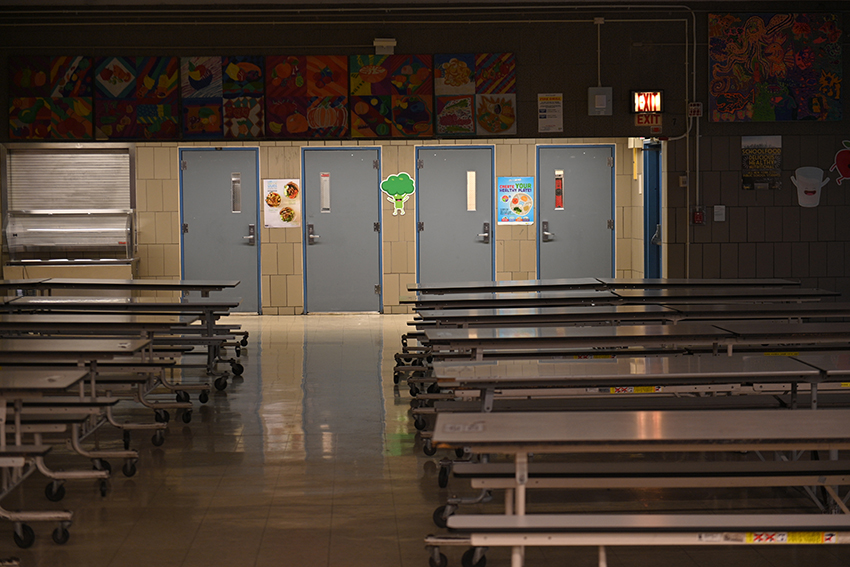
Photo Credit: Michael Loccisano/Getty Images
For the past six years, FHI 360 has worked with community schools in New York City and Hempstead, Long Island. When COVID-19 hit earlier this year, the way we did our work immediately shifted away from focusing on in-person supports for students and families. Our first hurdle was bridging the digital divide, that gap between who has access to technology and the internet— and the skills to use them — and who doesn’t.
The vast majority of the students in our schools, up to 99 percent, are Black, Latinx or Asian. Almost all of the students qualify for free or reduced-price lunch, which means their household incomes are below 130 percent of the poverty line. Many of our students and families did not have the technology or connectivity for remote learning, and we needed to make sure every student had what they needed to attend classes online.
The teachers also needed support. We mobilized FHI 360 staff and school leadership to train them on the best ways to teach in virtual spaces and engage students online. We also created a help desk that teachers, school staff, students and families could use for technology support. The digital divide does not begin and end with students — it was essential that teachers be well prepared for moving classes online.
Because the schools we work with are community schools, our responsibility to students goes beyond making sure they have access to their classes. Community schools focus not just on academic learning, but also on developing the whole child. The strategy of community schools is geared toward actively engaging families and partnering with organizations to provide students and their families access to health care services, after-school programs, mentoring, mental health services and parenting support.
When the pandemic closed school buildings, we knew our students and their families would need more access to social, emotional and mental health services. When the state of New York became the epicenter of the pandemic in the United States, Black and Latinx communities were hit the hardest. Many of our faculty, staff and students had to deal with illness and death in their families. Our students were suffering because their communities were suffering. They needed help to handle fear, stress and grief.
But, many of the clinics where we would normally refer students were also shuttered. So again, we needed to pivot. We created crisis intervention teams and held workshops for staff and families on the importance of self-care, strategies for coping and ways to navigate the pandemic. In Queens and Hempstead, we created a social emotional learning team and a support hub for the entire school community. We also identified telehealth options for mental health counseling. We could not do anything to stop fear, stress and grief, but we helped our students and families find ways to manage it.
Bridge the digital divide? Check. Provide mental health services? Check. What next? School meals. For many of our students, school meals are an important source of food and nutrition. With schools closed, we needed an alternative way to make sure our students had food.
To address the need in Hempstead, we partnered with local groups that could provide food services to students and their families. We established no-contact meal delivery and pickup. Our student attendance and family engagement (SAFE) team conducted wellness calls to check on every family and share resources. We also created an online guide to accessing food and other resources.
We are not sure what the long-term effects of COVID-19 will be. But, we are sure that community schools are an effective model for making sure that all students and their families have what they need to thrive.
Read more on how the pandemic has exacerbated problems with the U.S. food system in a blog post by FHI 360’s Amanda Sharfman.
